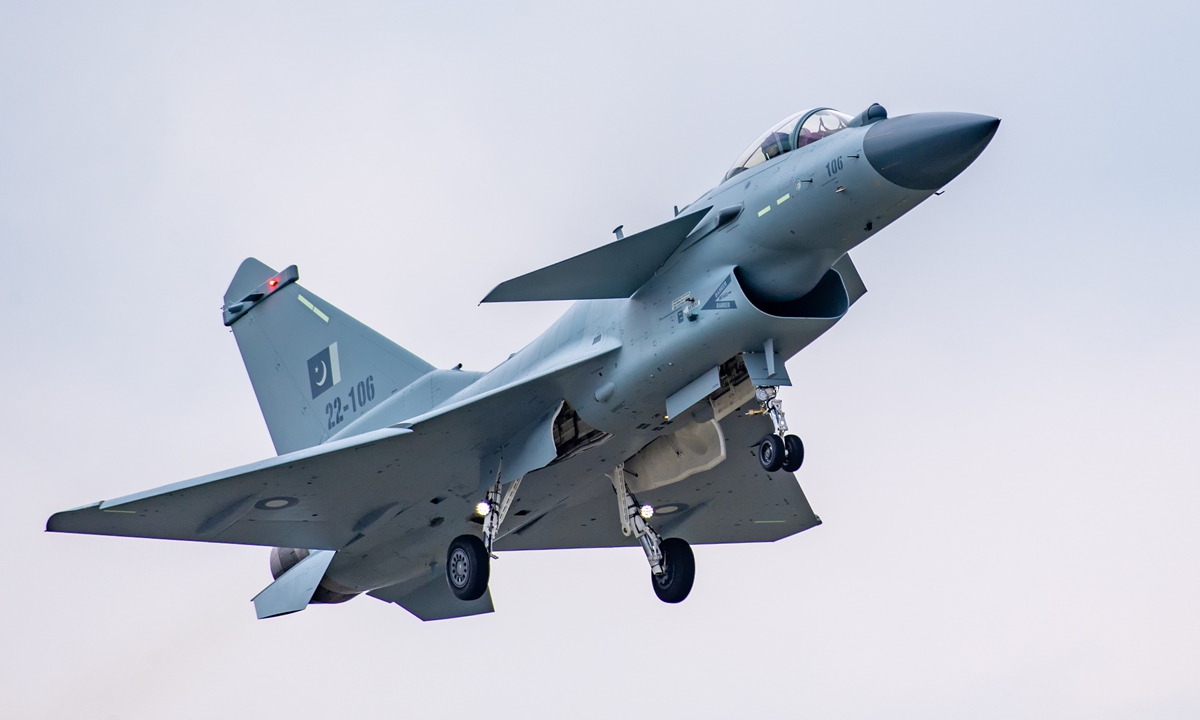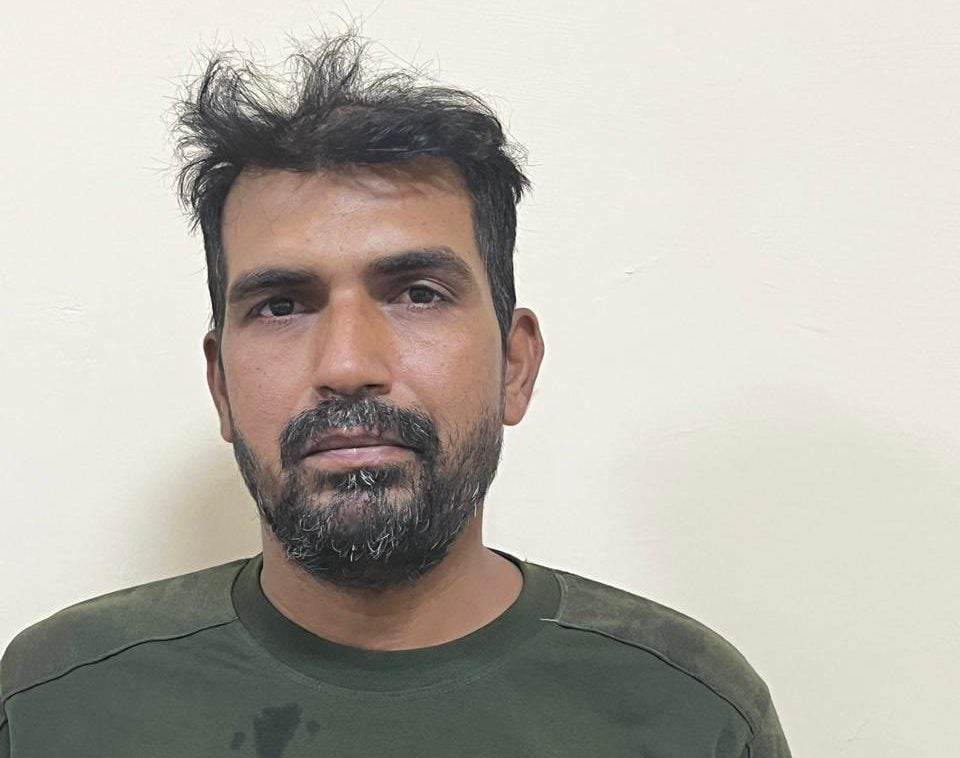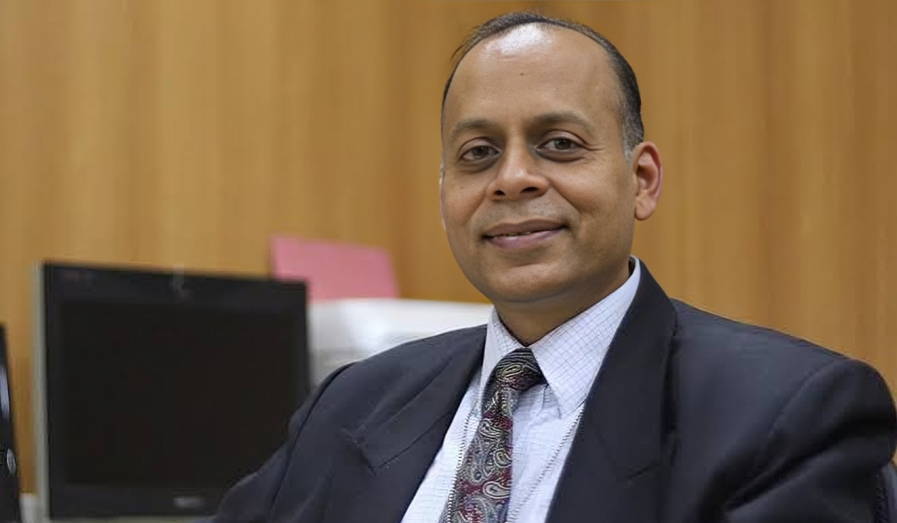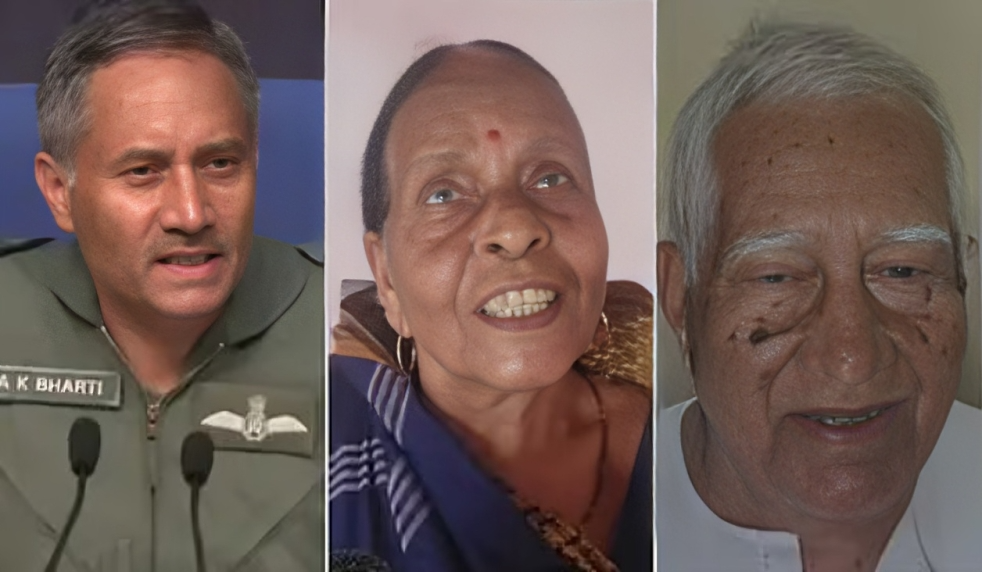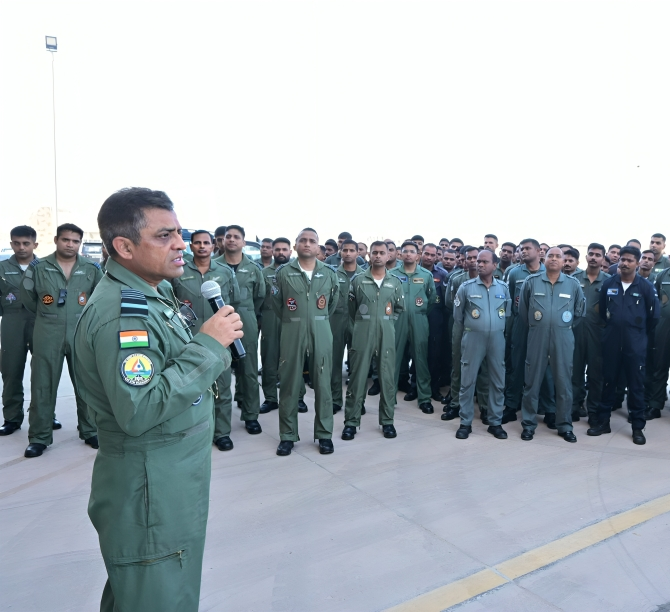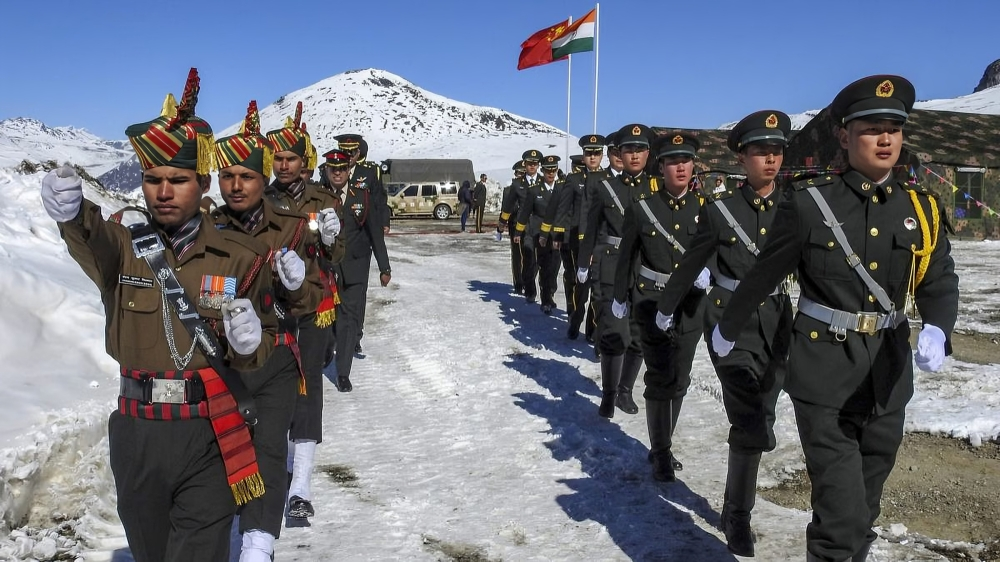PM Modi’s Warning to Pakistan Sparks 9.5% Crash in J-10 Maker Avic Chengdu’s Shares
Shares of Chinese defence major Avic Chengdu Aircraft, the maker of J-10 fighter jets, have plunged over 9.5% in just…
BSF Constable Purnam Kumar Shaw Returns to India After 21 Days in Pakistan Custody
In a significant development, Constable Purnam Kumar Shaw of the Border Security Force (BSF) was successfully repatriated to India today…
Know About The New UPSC Chairman: Ajay Kumar
Ajay Kumar, a retired 1985-batch Indian Administrative Service (IAS) officer of the Kerala cadre, was appointed as the chairman of…
Family of Air Marshal AK Bharti Speaks Proudly of Him
The already fragile India-Pakistan relationship has entered a new phase of tension following Operation Sindoor, India’s precision military response to…
South Western Air Command’s Chief Air Marshal Nagesh Kapoor Visits Airfields in Gujarat
Air Marshal Nagesh Kapoor, Air Officer Commanding-in-Chief of the Indian Air Force’s South Western Air Command, conducted a strategic review…
India Again Slams China’s Renaming of Arunachal Locations as “Baseless and Preposterous”
In a strong diplomatic rebuttal, India has categorically rejected China's latest attempt to rename locations in Arunachal Pradesh, reaffirming that…

